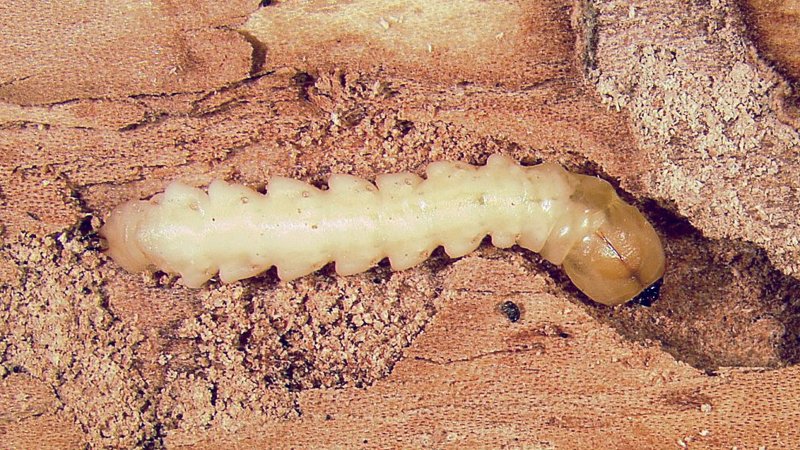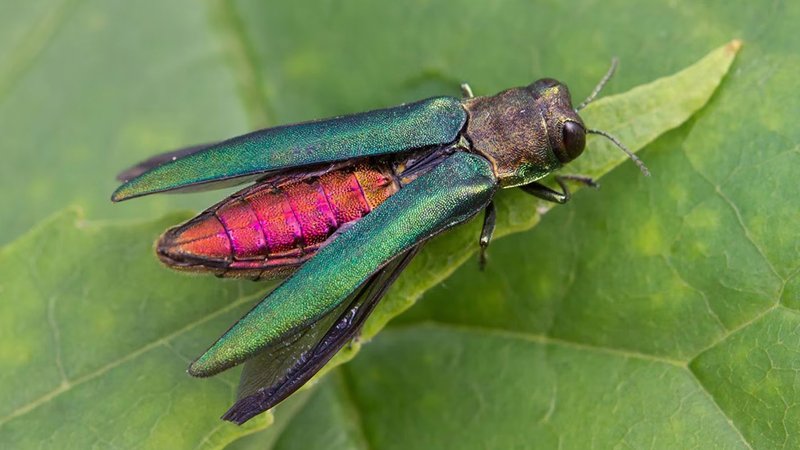
For the past two decades, an invasive pest from the other side of the world has been wiping out ash trees across North America. Research being conducted by scientists at Penn State could be key in helping preserve ash tree populations across the continent.
Since arriving in the United States 21 years ago, the ash borer has wiped out 10s of millions of trees in at least 36 states and several provinces in Canada. A small percentage of trees survive the ash borer and could hold answers about how to preserve the species.
Researchers at Pennsylvania State University conducted a study to learn why some green ash trees survived an EAB outbreak. Plant geneticists compared gene expression data for resistant, or “lingering” ash, versus susceptible green ash trees exposed to attack by the beetles, according to the U.S. Department of Agriculture. By comparing RNA-sequence data from stems attacked by EAB to tree tissue under other stresses, the researchers identified the genetic differences tied to EAB resistance.
The team is evaluating green ash seedlings from an EAB-resistant parent tree to map the location of genes for resistance among the offspring that survive EAB attack. They also are sequencing the genome of the resistant parent tree to identify specific resistance genes for selection and breeding.
The research took place at Penn State from 2012 to 2017 on a plot of ash trees established from seed of ash trees collected from 27 states in the 1970s. The plot included 1,762 ash trees. At the conclusion of the EAB study, only 13 trees were unaffected by the pest.

Researchers concluded that there are genetic differences among trees from different populations and seed parents and that some ash genotypes on favorable sites can survive with lower densities of emerald ash borer populations.
EAB entered the United States in 2002 aboard a Chinese cargo ship. Since then, it has spread to 36 U.S. states and five provinces in Canada and caused billions in damage, killing trees on golf courses, in parks and on forest land.
Native to eastern Asia, EAB burrows into ash trees as an adult where it lays its eggs. The larvae feed on the layer beneath the bark, disrupting the tree's vascular system and its ability to take up water and nutrients and eventually kill the tree. The beetle emerges from tree, leaving a D-shaped exit hole before returning to lay its eggs and starting the process all over again.
Eventually, say scientists with the U.S. Forest Service, the bug will expand throughout the entire range where all 16 North American ash tree species grow. Penn State is not the only university working to preserve ash species.
The USDA confirmed EAB in Oregon in July 2022 and believe it probably has been in the state for as many as five years. The Oregon ash, the state's only native species, plays a critical role in bank stabilization in streams and rivers. The trickle down caused if those trees are lost could be widespread. As they have watched EAB spread across the country the past two decades, forestry officials in Oregon have harvested and stored more than 1 million Oregon ash seeds to try to preserve the species for replanting.
Researchers with the Oregon Department of Forestry are testing seeds to determine whether any have resistance to ash borers and if so, they might be able to breed resistance into local strains and replant them.

